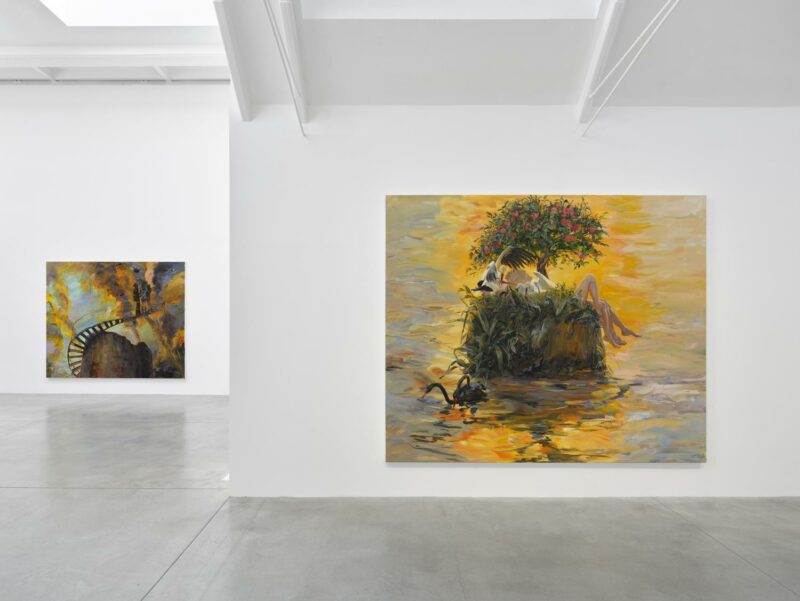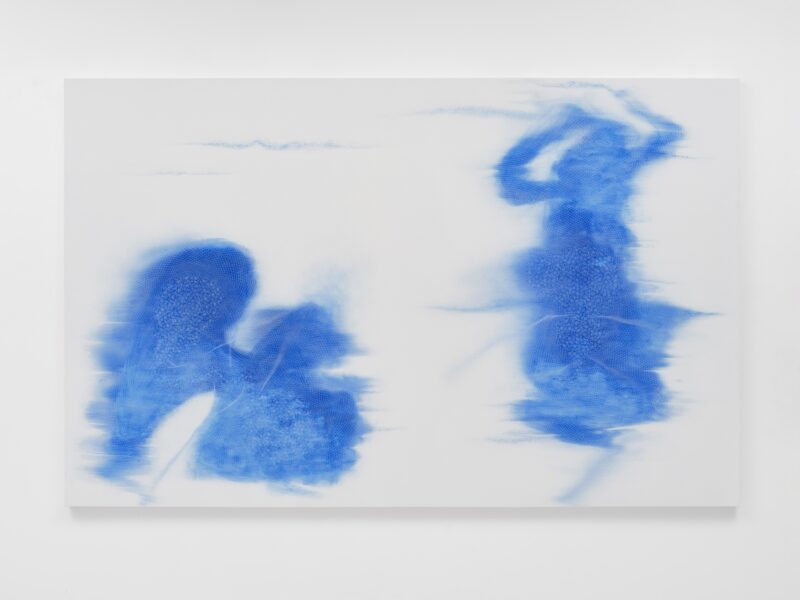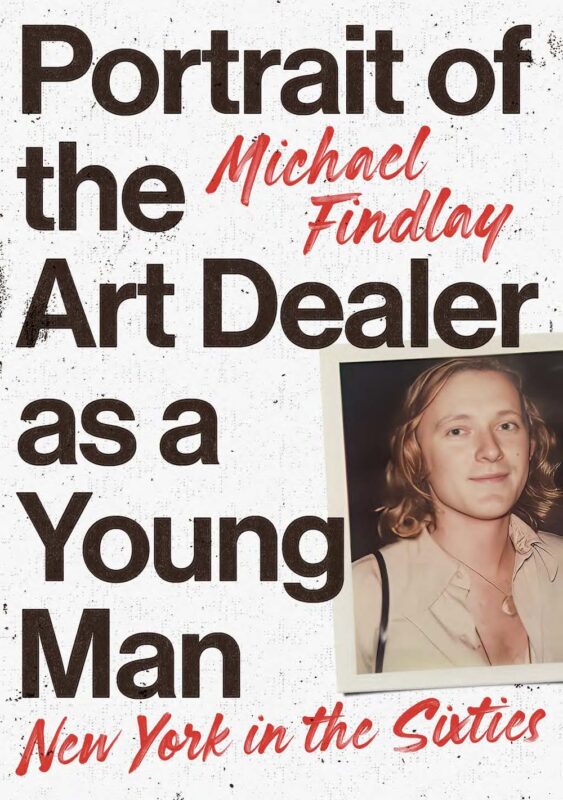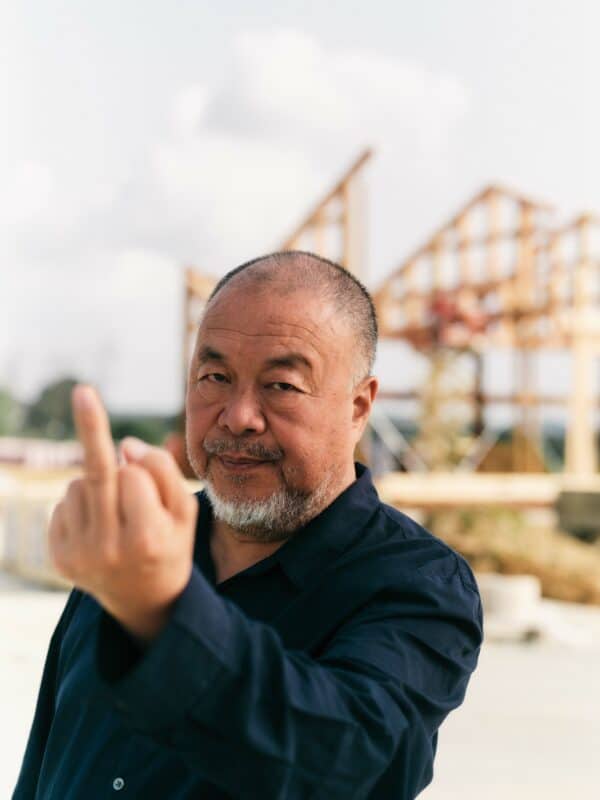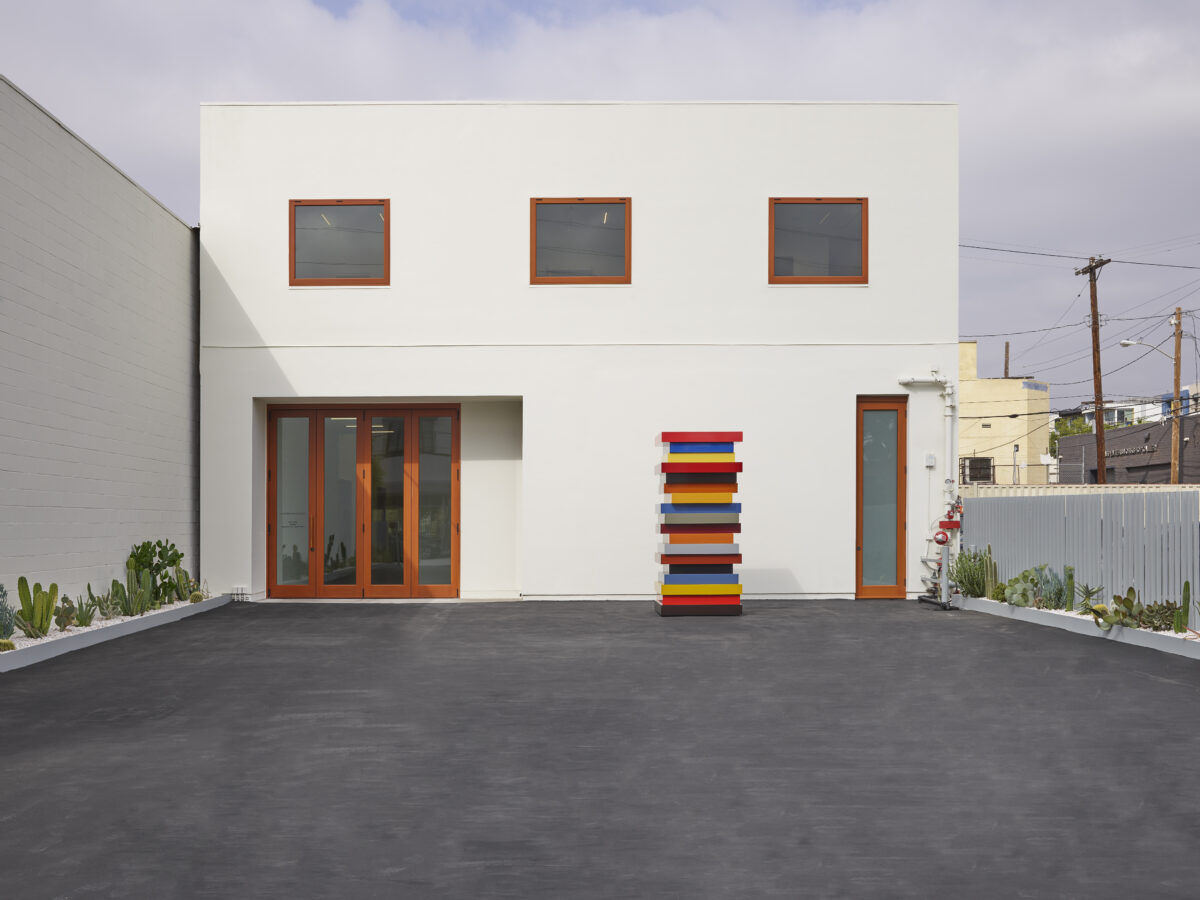
I called my painting Guadalupe, [because of] my affection for Mexico, not forgetting Cézanne and the
– Sean Scully, 2022
coming grid, but also after Beckett and after the liquor-soaked, brown-black, dark-green shiny tiled floor of
a bar somewhere up in a small Durango town, where at the back you can rent a room for twelve dollars.
Sean Scully returns to Los Angeles almost 50 years after making his US debut there, unveiling a selection of new and older works at Lisson’s recently-launched LA space. Celebrating the development of his practice over five decades, this era-spanning exhibition draws formal and conceptual resonances between Scully’s earliest grid paintings, which were first shown in Santa Monica in 1975, all the way forward to equally innovative, large-scale works from 2023.
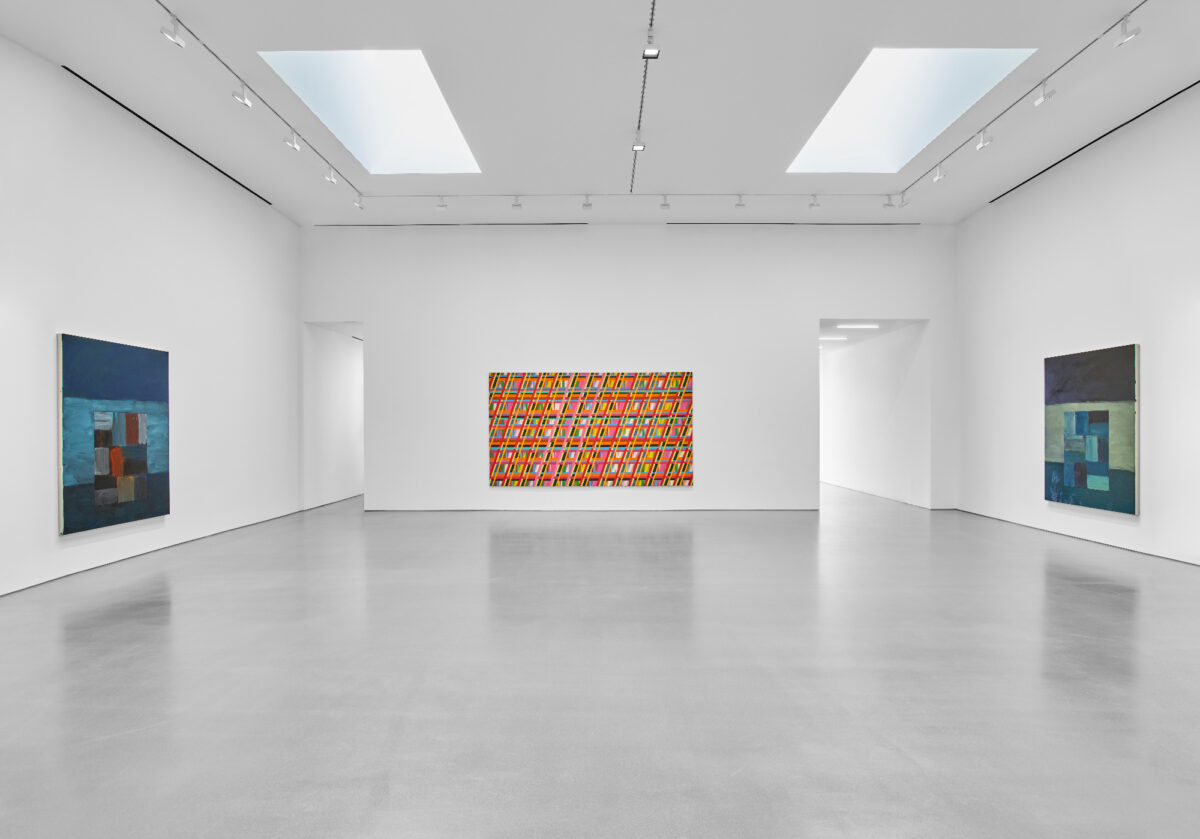
Scully’s so-called Supergrid series of works began while still a student in London and Newcastle in the UK during the 1960s, progressing towards a sophisticated language of overlapping, interwoven stripes painted between taped boundaries. Influenced by his tutor Ian Stephenson, whose dripped and dotted paintings featured in Michelangelo Antonioni’s Swinging Sixties film Blow Up, Scully began working on his own complex, focus-pulling compositions that likewise refused to fully reveal themselves at first sight, allowing only glimpses into its structure and necessitating prolonged viewing times. In epic feats of labor and painterly engineering, Scully built up dozens of horizontal and vertical lines, only to intensify this grid with multiplying layers of crisscrossing diagonals, creating expansive panels that exceeded even his tall frame and bodily span.
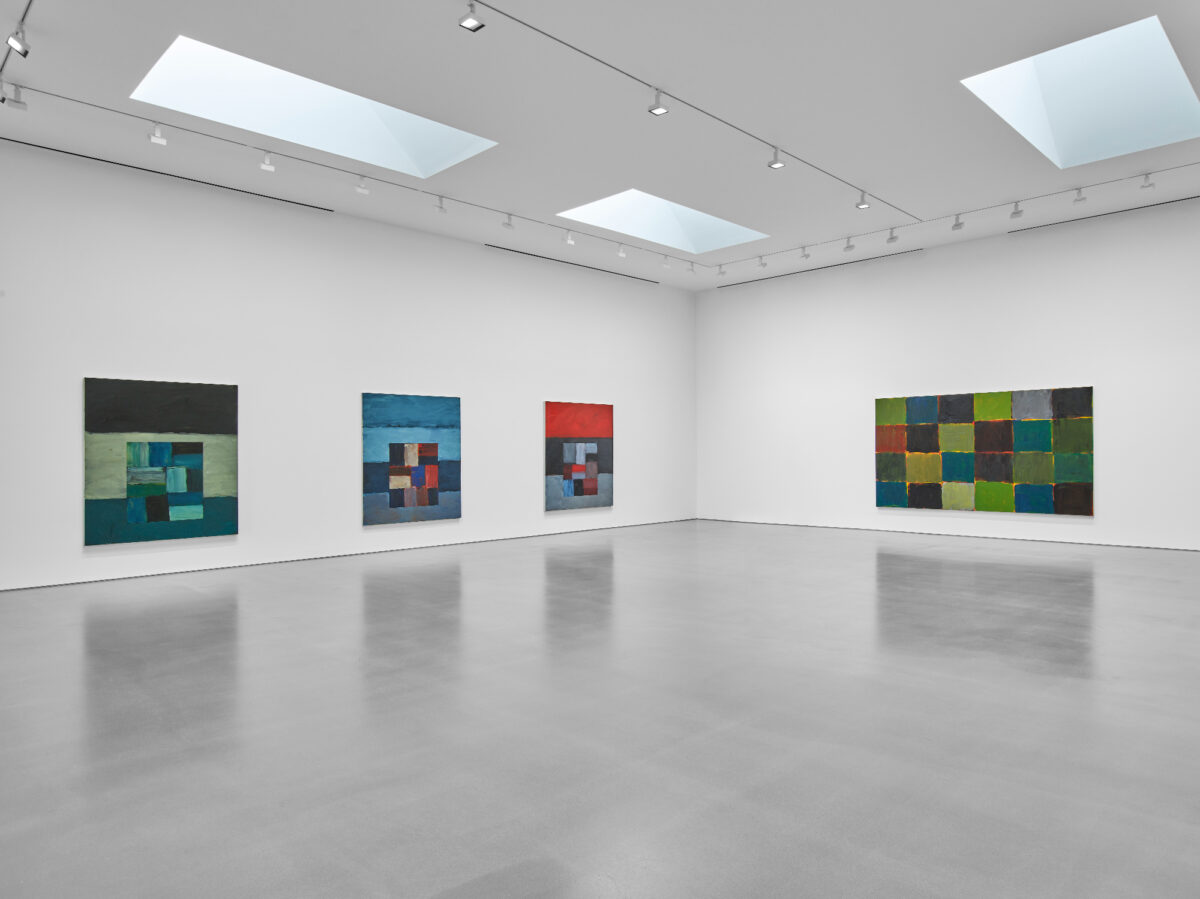
Perhaps the apotheosis of this period is Scully’s monumental work, Blaze (1971), a dizzying matrix of neon pinks, sports-car reds and flame-licked yellows. Subtlety and variation in color treatment followed in the similarly dynamic and optically disorienting square field of Second Order ½ (1974), while the space between surface and ground is further disrupted by Final Grey ½ (1974), which still features the strips of tape clinging to the work and providing another porous and translucent framework.
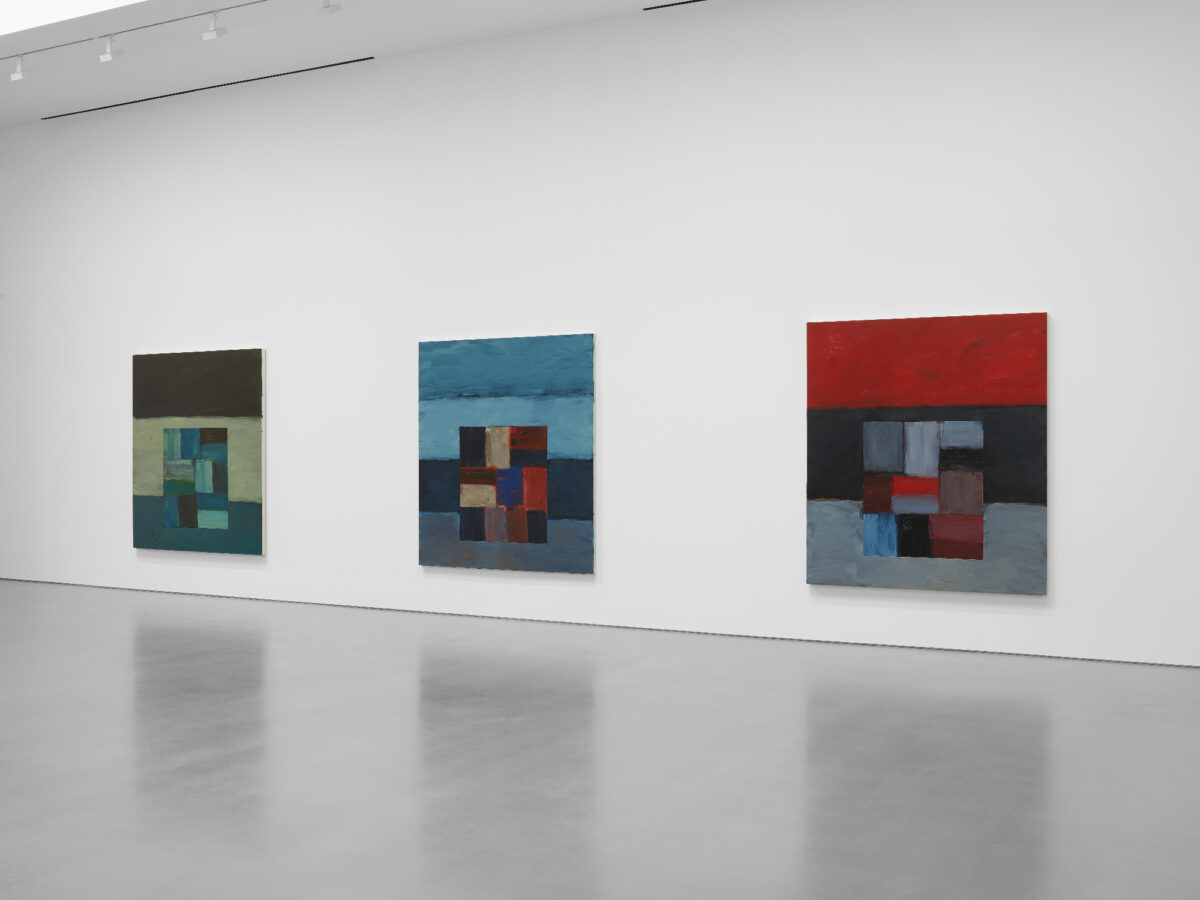
This knotty, woven texture reappears half a century later in the newest painting here, entitled Dark In (2023). The brushmarks have long ago loosened, widened and now incorporate many more than a single, bold color in each sweep, following more naturalistic and gestural shades and contours in comparison to the sleek, rectilinear lines of the 1970s.
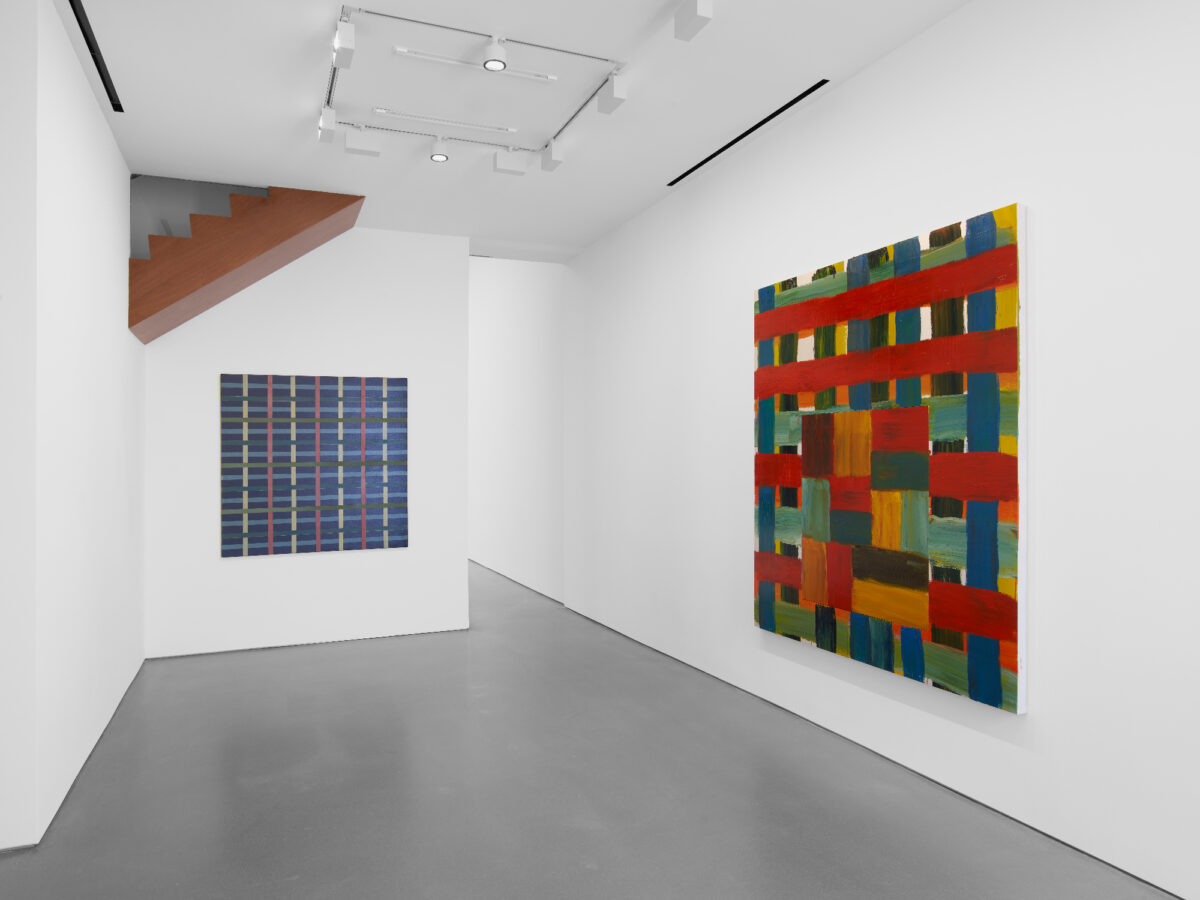
Here too the picture plane is broken up, though not by tape, but by an inserted aluminum panel of a newly rotated and concentrated lattice work. Among other newer paintings are two recent triptychs, including the centrally located Guadalupe (2022), which revisits the scale and ambition of Blaze, only now the eye is moved between chunky, rugged blocks of unfathomably deep moss-green and maroon hues, which sit on a buzzing, glowing, chessboard backdrop.
In the intervening years between these disparate bodies of gridded paintings, Scully himself moved to the US fulltime in 1975, settling in New York after a long cross-country road trip. He has returned many times since to show in California, with his own written recollections and photographs of these formative visits included in an accompanying catalogue to this exhibition, also featuring texts by art critics Peter Frank and Donald Kuspit.
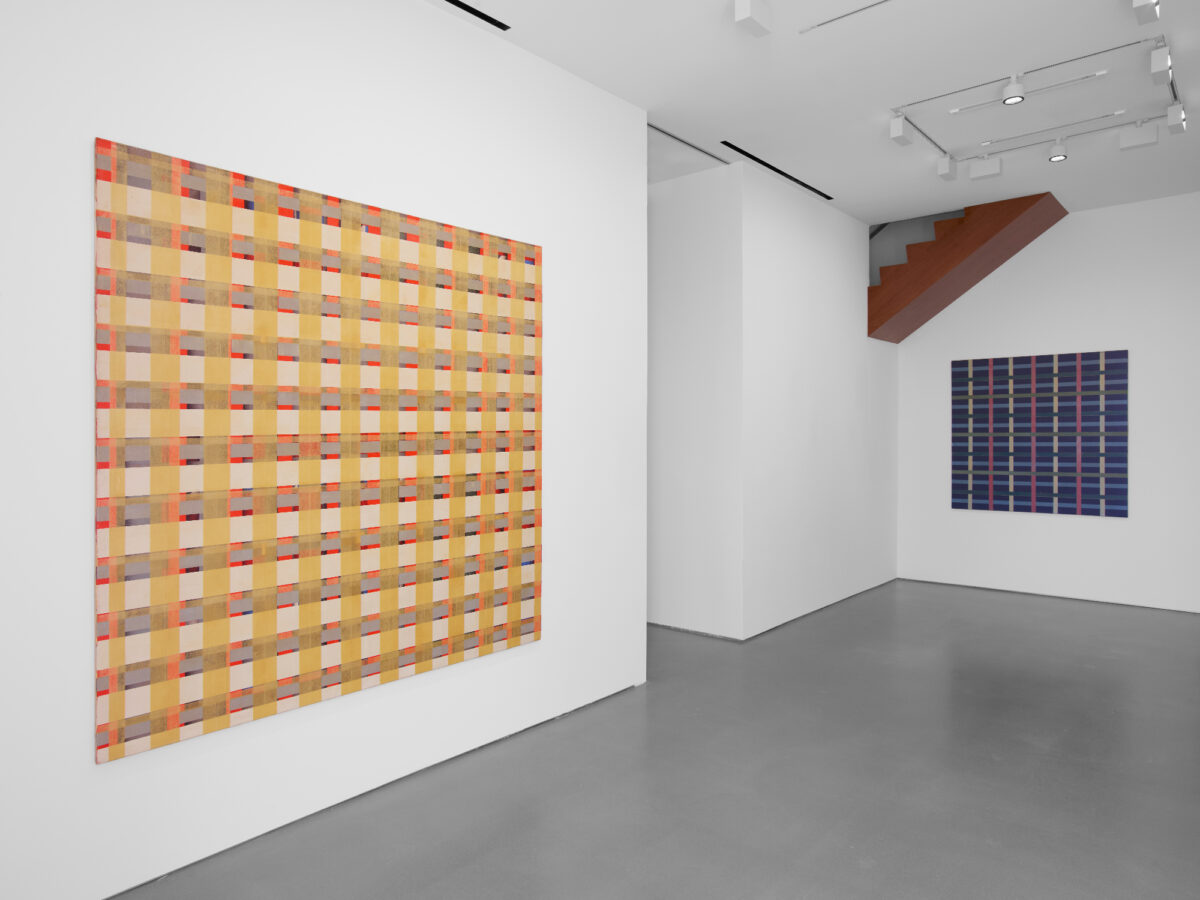
Sean Scully, LA Deep, September 23rd–November 4th, 2023, Lisson Los Angeles
Opening: 22nd September, 6–8pm
About the artist
Sean Scully is one of the most important painters of his generation, whose work is held in major museum collections around the world. While known primarily for his large-scale abstract paintings, comprised of vertical and horizontal bands, tessellating blocks and geometrical forms comprised of gradated and shifting colors, Scully also works in a variety of diverse media, including printmaking, sculpture, watercolor and pastel. Having developed a style over the past five decades that is uniquely his own, Scully has cemented his place in the history of painting, shifting the paradigm in abstraction by abandoning the reduced vocabulary of Minimalism in favor of a return to metaphor and spirituality in art.
His work synthezises a thoroughly international collection of influences and personal perspectives
– ranging from the legacy of American abstraction, with inspiration from the likes of Mark Rothko and Jackson Pollock, and that of European tradition, with nods to Henri Matisse and Piet Mondrian, as well as references to classical Greek architecture. While monumental in scale and gesture, Scully’s work retains an undeniable delicacy and sincerity of emotion.
Sean Scully was born in Dublin in 1945 and raised in South London. Wanting to be an artist from an early age, Scully attended evening classes at the Central School of Art in London from 1962 to 1965, and enrolled full-time at Croydon College of Art, London from 1965 until 1968. He received his Bachelor of Arts from Newcastle University in 1972. He was awarded the Frank Knox Fellowship to Harvard University in 1972, where he visited the United States for the first time. In 1975, he moved to New York full-time. Today, he lives and works between New York and Bavaria. With a career that spans more than five decades, he has received numerous accolades and has been the subject of multiple touring exhibitions. In 2014, he became the first Western artist to have a career-length retrospective in China. Scully was named a member of the Royal Academy of Arts in London in 2013 and has received honorary degrees from institutions such as the Massachusetts College of Art, Boston; the National University of Ireland, Dublin; Universitas Miguel Hernandez, Valencia; Burren College of Art, National University of Ireland; Newcastle University, UK, among others. A series of essays and conversations between Scully and the
esteemed art critic Arthur Danto was published by Hatje Cantz in 2014, and a collection of Scully’s own writing, selected speeches and interviews, Inner, was released in 2016.
